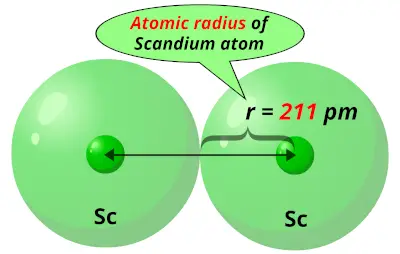

of the Group 2 elements - beryllium, magnesium, calcium, strontium and barium.
#CA ATOMIC RADIUS FREE#
However, this assumes the atom to exhibit a spherical shape, which is only obeyed for atoms in vacuum or free space. Trends in atomic radius, first ionisation energy, electronegativity and. The atomic radius of a chemical element is a measure of the distance out to which the electron cloud extends from the nucleus. Elements in the periodic table are organized into periods and groups. Refresher: Atoms consist of a nucleus with positively charged protons and neutral neutrons surrounded by shells of electrons. It must be noted, atoms lack a well-defined outer boundary. Atomic radius is the measure of the distance from the centre of the nucleus to the outer electron. The atomic radius of Vanadium atom is 153pm (covalent radius). Cesium has 6 orbital shells, which means that it automatically is big. Note that, each element may contain more isotopes, therefore this resulting atomic mass is calculated from naturally-occuring isotopes and their abundance. Up to date, curated data provided by Mathematica s ElementData function from Wolfram Research, Inc. Atomic Radius is defined as the distance between the center of the nucleus and the outermost shell of an atom. The atomic mass is carried by the atomic nucleus, which occupies only about 10 -12 of the total volume of the atom or less, but it contains all the positive charge and at least 99.95% of the total mass of the atom. The atomic mass or relative isotopic mass refers to the mass of a single particle, and therefore is tied to a certain specific isotope of an element. Mass numbers of typical isotopes of Vanadium are 51. Isotopes are nuclides that have the same atomic number and are therefore the same element, but differ in the number of neutrons. The answer is C but I thought it was Calcium atom because the periodic trend is increasing atomic radii toward bottom left. The difference between the neutron number and the atomic number is known as the neutron excess: D = N – Z = A – 2Z.įor stable elements, there is usually a variety of stable isotopes. Neutron number plus atomic number equals atomic mass number: N+Z=A. The total number of neutrons in the nucleus of an atom is called the neutron number of the atom and is given the symbol N. The total electrical charge of the nucleus is therefore +Ze, where e (elementary charge) equals to 1,602 x 10 -19 coulombs. Total number of protons in the nucleus is called the atomic number of the atom and is given the symbol Z. Vanadium is a chemical element with atomic number 23 which means there are 23 protons in its nucleus. Atomic Number – Protons, Electrons and Neutrons in Vanadium


 0 kommentar(er)
0 kommentar(er)
